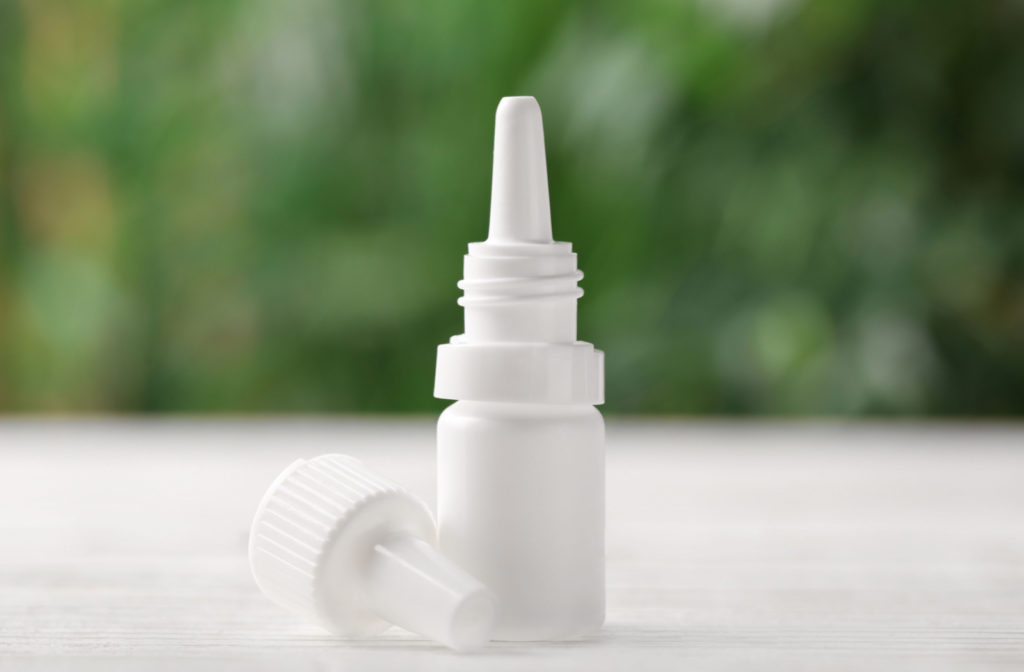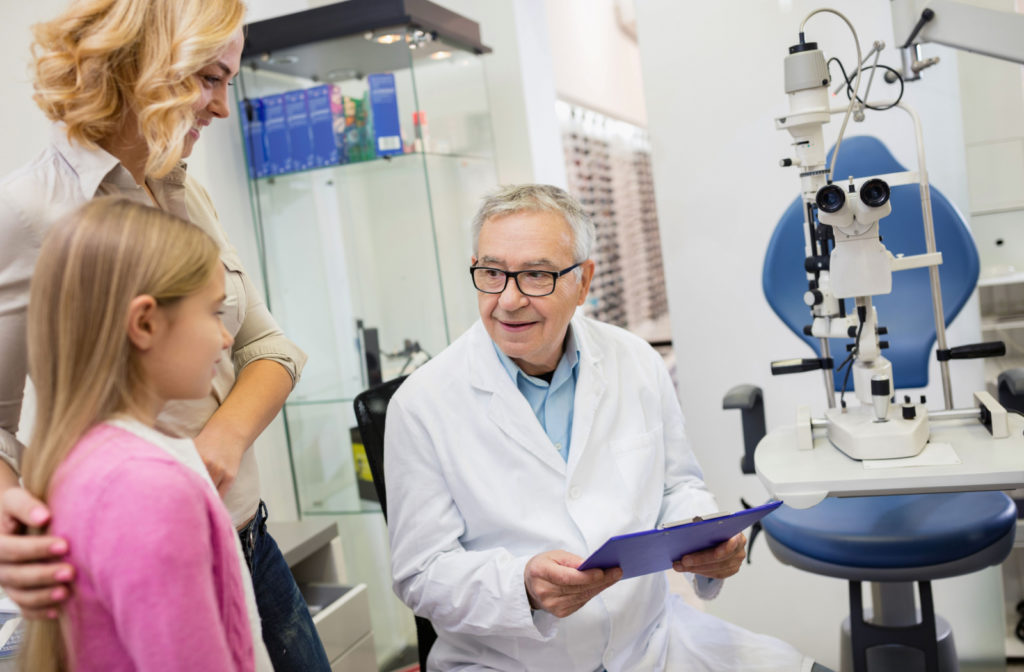If your or your child’s myopia is becoming increasingly worse between each eye exam, it can indicate the presence of progressive myopia. Progressive myopia is a severe form of myopia where the prescription gets worse as time goes on. It can lead to high myopia, which may increase a person’s risk of developing other serious eye problems.
Treating progressive myopia early on is essential for avoiding future complications. To treat progressive myopia, your optometrist may recommend corrective lenses, myopia control methods, or refractive surgery, depending on your age. Routine eye exams help to monitor the progression of myopia for people of all ages, so you can catch nearsightedness and begin intervention early.
What Is Progressive Myopia?
Nearsightedness (myopia) is a refractive error that develops when your eyeball elongates too much, causing light to focus in front of your retina instead of on it. When light focuses in front of your retina, your distance vision can become blurry—which is a characteristic symptom of myopia.
Myopia can continue to progress over time and lead to high myopia, which can increase your risk of developing other vision-threatening problems like:
- Myopic macular degeneration
- Retinal detachment
- Glaucoma
- Cataracts
Unlike traditional myopia, which usually stabilizes in adulthood, progressive myopia can continue to worsen into your 30s, leading to increased vision impairment over time.
While anyone can develop progressive myopia, certain risk factors can make some people more susceptible than others. One such risk factor is genetics—if your parents or family members have progressive myopia, you may be more likely to develop the condition.
Additionally, environmental factors, such as lack of sunlight exposure, excessive use of near vision, and a lack of outdoor activities, can also play a role in increasing a person’s risk of developing progressive myopia.
Treatments for Progressive Myopia
Depending on your age, your optometrist may be able to offer a range of solutions to help support your eyes and vision. There are different options available for adults and children, and the severity of your nearsightedness may make some options less suitable than others.
Prescription Eyewear
One of the most common corrective options for progressive myopia is prescription eyewear, such as glasses or contact lenses. While corrective lenses don’t reverse or stop myopia progression entirely, the right prescription from an eye care professional can help correct nearsightedness and reduce strain on your eyes.
Additionally, specialized lenses, such as multifocal lenses, may be recommended for individuals affected by severe myopia and other vision conditions at the same time.
Orthokeratology
Orthokeratology, also known as ortho-k, is a nonsurgical procedure that involves using rigid contact lenses to reshape your cornea temporarily. This overnight vision correction can help reduce nearsightedness, improve visual acuity, and reduce the progression of myopia for children.
By wearing ortho-k contact lenses overnight, you can wake up with clearer vision and have a reduced need for glasses or daytime contact lenses. Getting a precise contact lens fitting and following up with your optometrist are critical for keeping your lenses safe and reducing the risk of infection.

Atropine Drops
Low-dose atropine is often used during eye exams to dilate your pupils and can also be used to treat certain eye conditions. Studies have shown that atropine drops can slow the progression of myopia, particularly for children with high levels of nearsightedness.
Atropine drops often appeal to parents of young children who can’t manage contact lenses, as they can be simple and safe. The drops are typically applied once daily before bed.
Myopia Control Lenses
Myopia control lenses, also called myopia management lenses, are specialized soft contact lenses designed to slow the progression of myopia for children. They work by using multiple areas on the lens with different focal strengths to trick the brain into slowing eye elongation, thereby helping slow the progression of nearsightedness.
Refractive Surgery
Refractive surgery treatments, such as LASIK and PRK, are laser treatment options for reducing adult myopia. This procedure can reshape your cornea to help correct nearsightedness and improve visual acuity.
Often, LASIK is only an option once your vision stops changing and your prescription has been stable for a year. Some people also still require some level of vision correction with lenses to achieve sharp vision even after getting laser eye surgery—but laser eye surgery can reduce your prescription needs in those situations.
Find a Solution to Progressive Myopia
Progressive myopia can be a worrisome condition, but there are various treatment options available to help slow and correct nearsightedness. Our eye care team at Total Vision Tierrasanta can formulate a personalized treatment plan based on your unique eyes.
Early intervention and proper eye care can help maintain your eye health and prevent future complications. Schedule an appointment to get started or continue with your myopia control journey.


